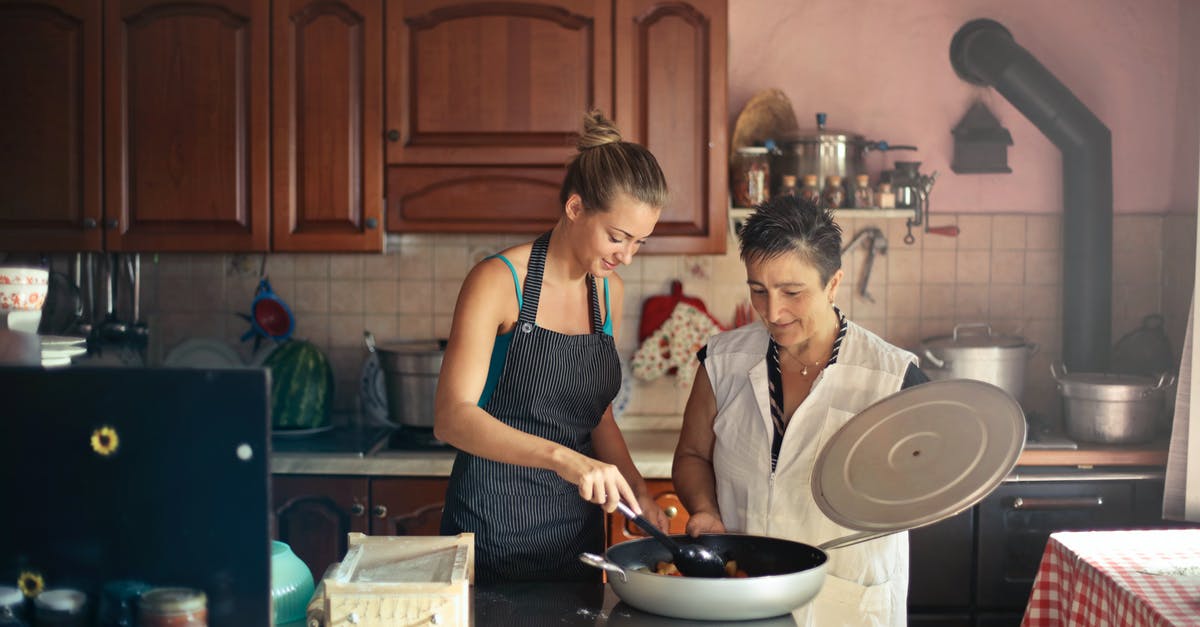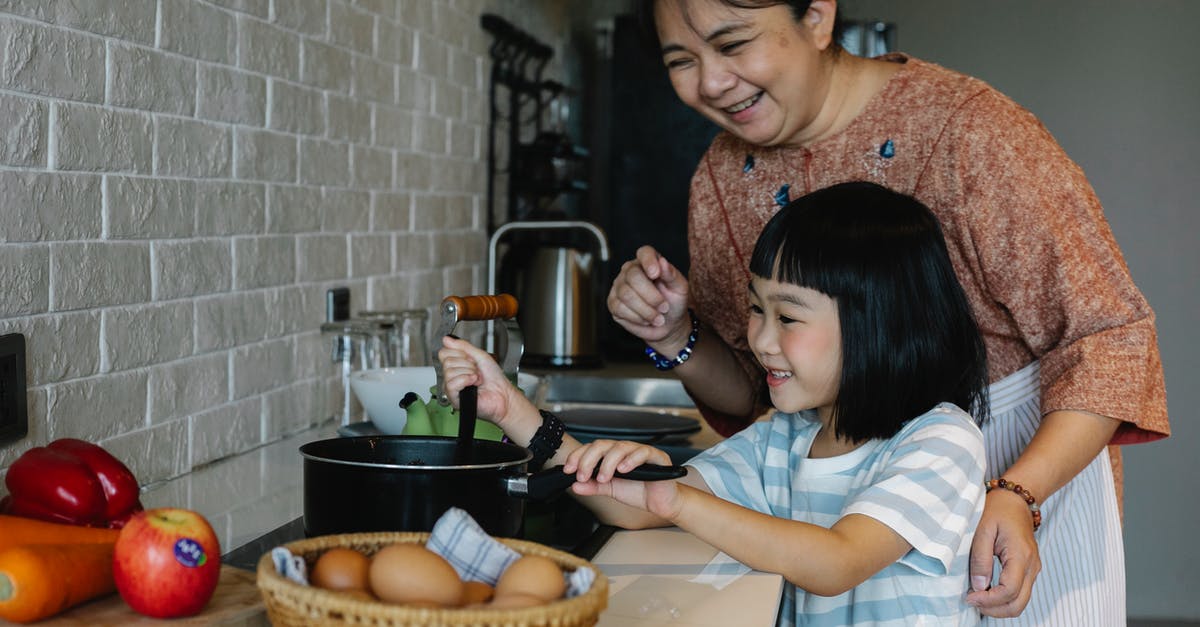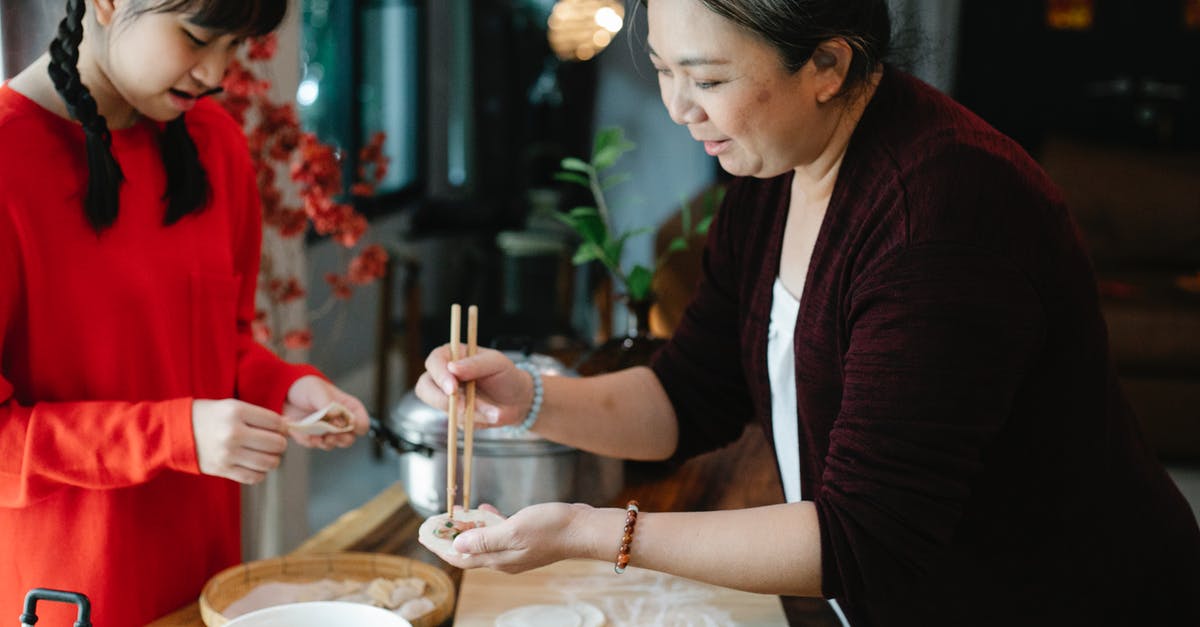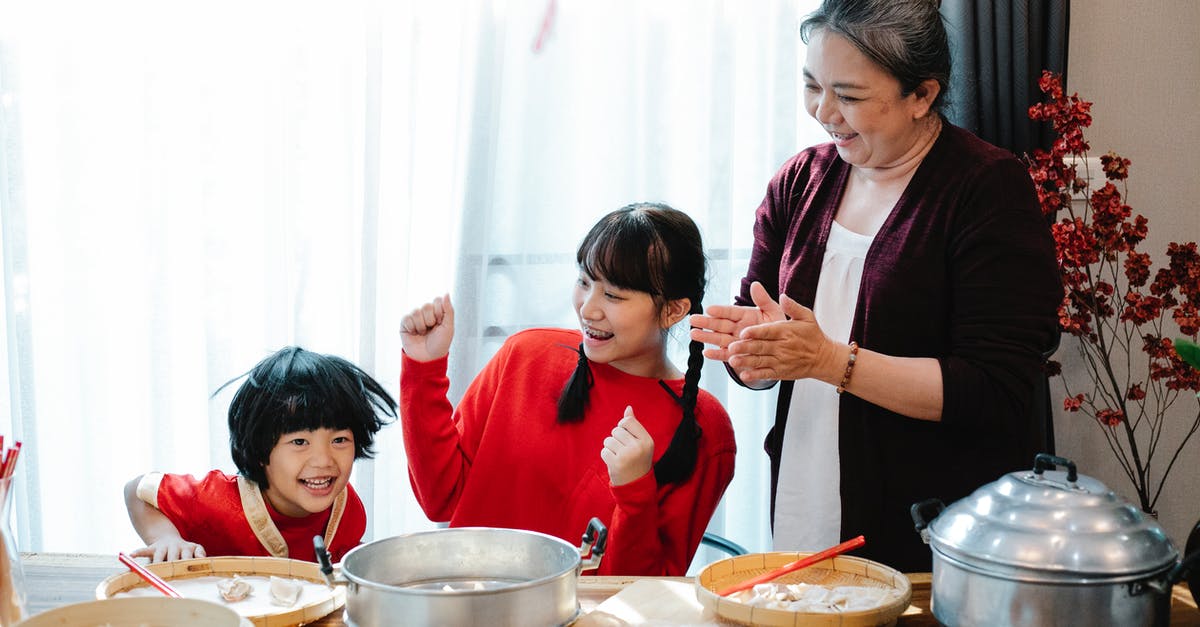How can I cook trout without generating horror stories?

I bought some frozen trout filets, pre-seasoned. As instructed on the box, I left one in the fridge yesterday to thaw overnight. Today -- also as instructed on the box -- I put the stove on medium-high (7) and heated up the frying pan, and then put the fish in.
This was a horrible mistake.
I was smart enough to use canola oil instead of olive oil (which the box suggested), since olive oil will burn easily at that temperature. I probably should have realized the temperature was too high regardless. The oil exploded when the fish went in the pan, giving me a nasty burn on the finger. The fish also began burning immediately, which I didn't notice as I tended to my finger.
The skin turned to charcoal, but fortunately I salvaged the rest of it and it was, fortunately, delicious. (It tasted like bacon. Is that normal?) But I would like to avoid all the burning and smoke-filled kitchen and all that. How should I properly fry my trout? I could turn the heat stupid low, but then I'd be worried about not cooking it well enough.
Teach a man to (cook a) fish!
Best Answer
First, about the temperature. Your safest option is to use a gun ;) The correct temp for shallow frying is between 150 and 190 degrees celsius. So if you have an infrared "gun" (a thermometer which neasures the temp of the surface at which it is pointed), use it to determine the stove setting at which the temperature of the dry (not ptfe coated) pan stabilizes in this interval after longer heating. If you don't have it, use the typical tricks for determining the pan temp, they are described in other questions here on SA.
Important: different stoves heat to different temperatures. Don't let the numbers at the knob to fool it into thinking that a given temp is "medium high" because it has the number 7. My own stove stabilizes at ~180 degrees C at setting 2 (out of 10), with setting 3 pushing 230. On the other hand, the minimum temperature for cooking fish is 50 deg. As stoves rarely go below 80 degrees, there is practically no chance to set your stove to a temperature so low that the fish stays undercooked (but it might need unreasonably long times on very low settings).
As for the spraying: the fat at frying temperature will always spray. You can still reduce your problems. First, the bubble explosions at the lower temperature will be less violent. Second, surface moisture promotes spraying (which is produced by water being instantly turned into steam in the oil). So pat the fish dry with paper before frying it. If this isn't enough, you can also drag it through flour. This will make the crust crisper. As the spraying won't be eliminated completely, don't throw in the pieces. Take a flat spatula with a long handle, place the piece on the working end, step back from the stove and slowly lay the fish into the oil, gradually pulling the spatula from beneath it. The turning should produce less spraying, so using a fork or spoon to press the fish against the spatula isn't a problem (or kitchen pincers, if you have those).
All of the above applies to everything you are shallow frying, not only fish. Only the flour is unsuitable for some vegetables.
Pictures about "How can I cook trout without generating horror stories?"



12 BEST TESTS TO REVEAL YOUR PERSONALITY TYPE
More answers regarding how can I cook trout without generating horror stories?
Answer 2
Probably:
- You heated the oil up too much.
- There was water on the fish (water and hot oil do nasty things).
Next time:
Wash the fish with cold water and pad it dry with a paper towel. Heat up the oil. To test whether the oil is hot enough drop a small drop of water into it. If it "sizzles" (is there a better word?), the oil is ready and you can put the fish in. You may have to turn the heat down during cooking to avoid the pan getting too hot. The fish should keep sizzling, but you don't need much more heat. Turn the fish over after half the cooking time; expect some extended sizzling when the uncooked side first comes into contact with the pan.
Good luck next time. And use a non-stick pan; it makes it so much easier to cook fish ....
Answer 3
Put oil on the fish you are cooking, not in the pan itself. You don't want that thing swimming in a pool of oil. Just rub the fish with some oil until it's slightly coated. Sticking will come from using too high temperatures, not from using too little oil.
Answer 4
oil temperature measuring trick: put a little bit of lemon peel in the pan with the cold oil. When the peel starts bubbling and travelling around the pan, you are above 100 degrees. Fish does not need very hot oil, not for shallow frying at least.
Sources: Stack Exchange - This article follows the attribution requirements of Stack Exchange and is licensed under CC BY-SA 3.0.
Images: Andrea Piacquadio, Alex Green, Angela Roma, Angela Roma
